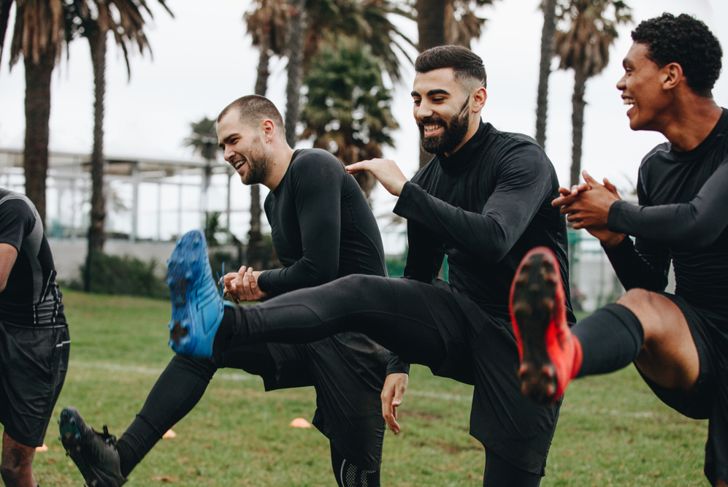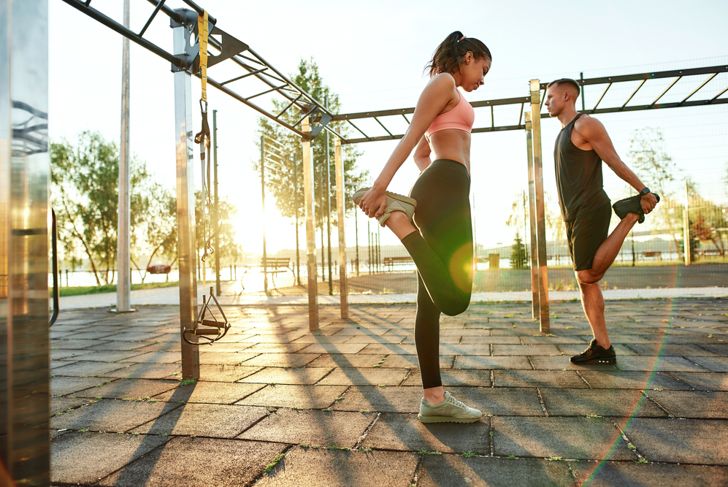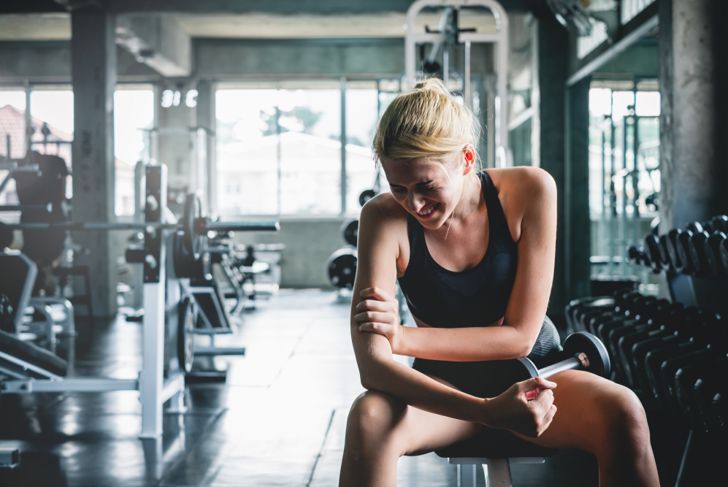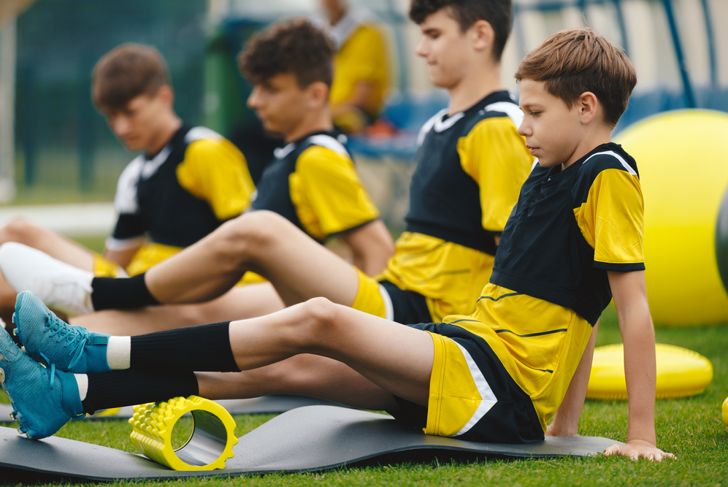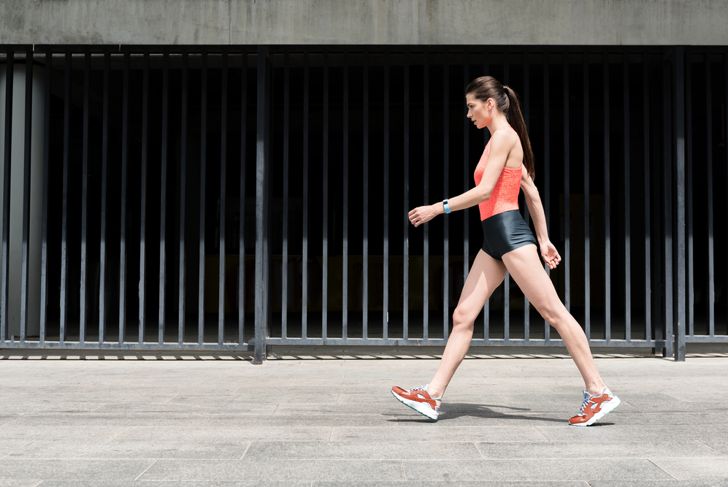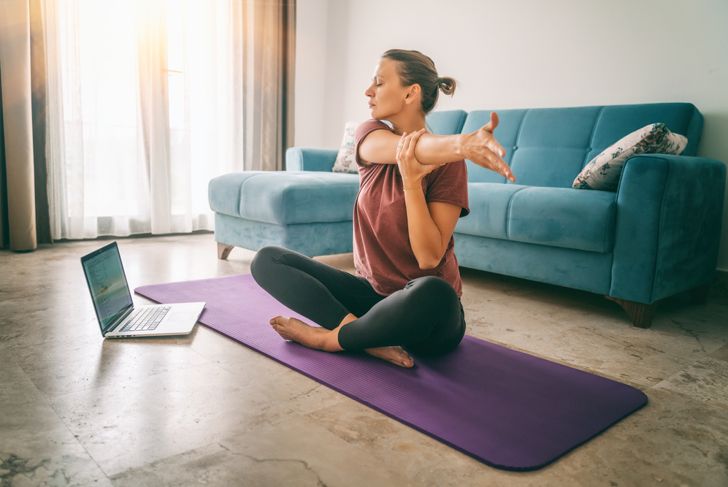Though adding a five- or ten-minute warm-up and cool down to every session can feel like it stretches your workout too long, both serve important functions. Research shows warming up and cooling down contribute to overall performance while helping to reduce injuries and decrease recovery time. This makes them a more than worthy investment in your fitness journey.
What is a Warm-Up?
A warm-up is a brief period of physical activity that is completed prior to a more intense period. It is designed to prepare your body for that more intense period that is to come. A warm-up should be aligned with the type of exercise you’re planning to do for the bulk of your workout.
Why Are Warm-Ups Important?
Warming up should be a part of your routine every time you exercise, whether you are completing a cardio or strength-based workout. Aim to get the blood flowing by dilating the blood vessels, to ensure the muscles have a good supply of oxygen before you begin the more intense activity.Warm-ups also allow the heart rate to rise gradually instead of instantly, which reduces the stress on the heart. Finally, warm-ups are important because they gradually raise the body’s temperature and ensure that the muscles are at an optimal level of flexibility and efficiency before the workout gets serious.
Best Warm-Up for Cardio
When you are about to complete a cardio workout, your warm-up should focus on slowly bringing your heart rate up. An excellent ten-minute cardio warm-up involves each of the following for 30 seconds, followed by a 30-second rest.
- A light jog where you aim to touch your heels to your glutes (butt-kickers).
- Lunges involve stepping forward in a lunge then lowering your hips toward the floor as deeply as your flexibility allows (and you can still come up after).
- Jumping jacks to get the blood moving.
- Planks focus on core stability and strength. Position your body in an extended press-up position but with forearms on the floor rather than hands. Hold this position.
After completing, you can also take a couple of minutes to stretch both your arms and legs. It is best to do mobility (moving) stretches rather than static (unmoving) stretches before a workout, as this signals to your body that it’s time to move, not to slow down. Leg swings and hip circles are some examples.
Best Warm-Up for Strength
The best warm-up for a strength workout aims to gradually increase heart rate, mobility, and muscle elasticity. The primary focus is on the area of the body you are focusing the session on. It could include:
- Hugging the knee to the chest to focus on hamstring and gluteal muscles and increase hip mobility.
- Quad stretches are performed by bending the knee and grabbing your foot behind you.
- Lunges while rotating the upper body toward the same side as the forward leg.
- Wide stance shifts involve shifting weight to each side, keeping hips low.
- Arm flys to open chest and back muscles: swing arms across your front then return them to a wide-open position.
- Adding jumping jacks, butt-kicks, and high-knees will also help raise the heart rate and warm up the muscles.
What Happens if You Don’t Warm-Up?
Warm-ups are designed to reduce the likelihood of injury by improving muscle elasticity and joint mobility. When your body is not prepared for a more intense workout, undue strain is placed on muscles, which can lead to injuries. Not warming up can also decrease the effectiveness of the workout, and you’re more likely to experience stiff and sore muscles the next day. Note, however, that if you are increasing the amount of training you’re doing, you will likely still feel your workout the next day, even if you stretch.
What is a Cool-Down?
A cool-down is the reverse of a warm-up. It is a five to ten-minute period of exercise completed after your more intense workout. Most cool-downs involve a period of easy cardio and some slow stretching. These exercises will often focus on the areas of the body used during the workout.
Why Are Cool Downs Important?
Cooling down is just as important as warming up. It usually involves slowly reducing your blood flow and heart rate. Stretching after a workout helps increase muscle flexibility and range of movement. By stretching your muscles after exercise, you reduce the buildup of waste products, which helps decrease the likelihood of stiff and sore muscles.
Best Cool Down For Cardio
After a cardio workout, your heart rate is likely to be very high, so the first part of the cool-down focuses on reducing it slowly. This could involve a jog at half pace, reducing to quarter pace, then a walk for around five minutes in total. Follow this with some slow stretches, holding for at least 30 seconds each and moving from standing to seated.
Best Cool Down For Strength
When cooling down following a strength workout, the focus is on gentle bodyweight movements and stretching. One excellent method is to adopt a yoga flow, where the body flows from stretch to stretch. Again, you’ll get the most benefit from holding stretches for about 30 seconds. Aim to stretch each of the muscle groups in the body, especially those used most in the workout.
What Happens if You Don’t Cool Down?
When you exercise, your blood vessels are dilated, your heart rate is raised, and your body temperature is elevated. Suddenly stopping exercise at that point could make you nauseous or faint. Failing to cool down properly can also increase your recovery time. An insufficient period of recovery can reduce the effectiveness of future workouts as you will be unable to complete them using full power, and your muscles will not have achieved the size and strength increases you intended.

 Home
Home Health
Health Diet & Nutrition
Diet & Nutrition Living Well
Living Well More
More

